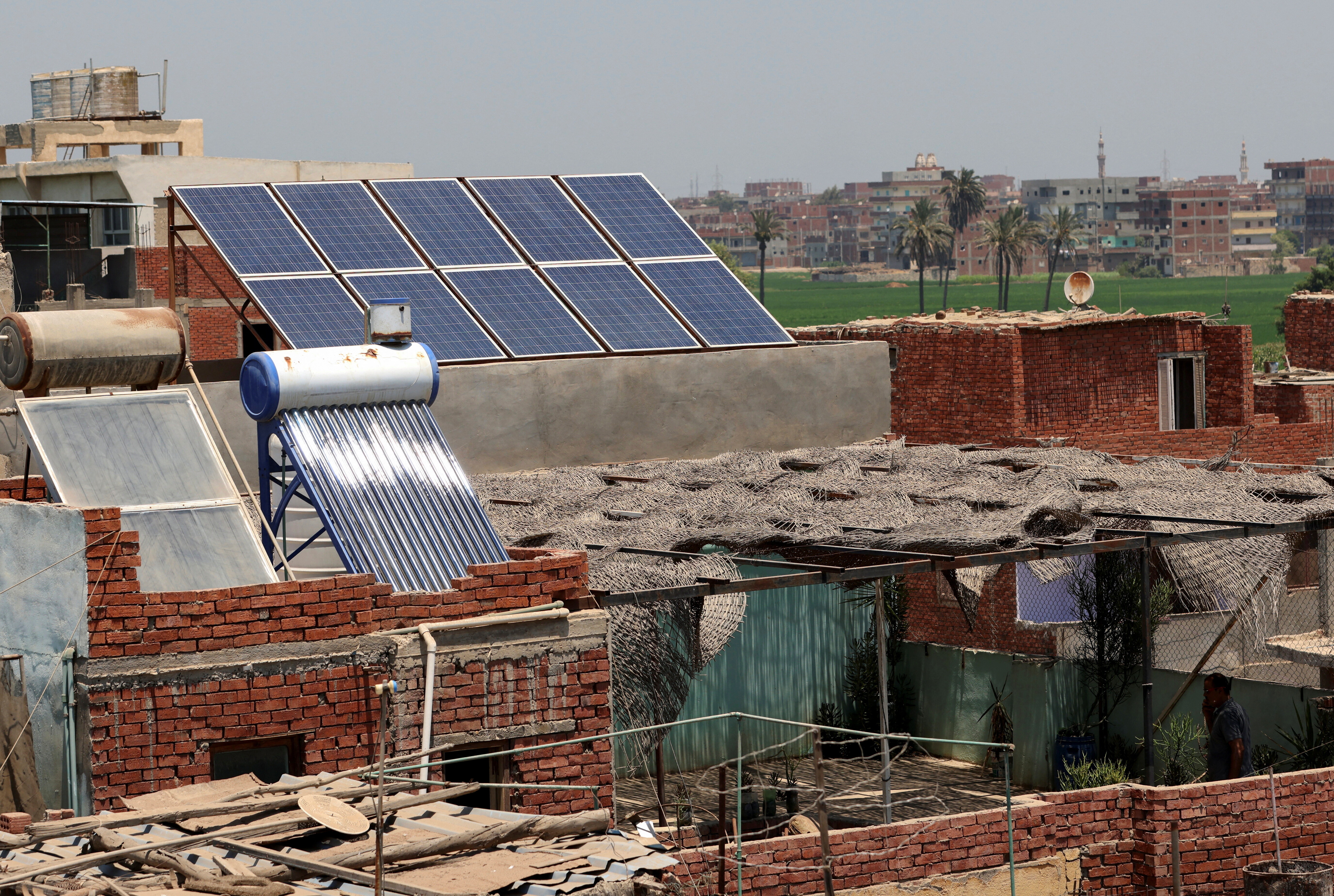5 charts on the state of the global economic recovery

Global output is expected to remain about 2% below pre-pandemic projections by 2022.
Image: REUTERS/Rebecca Cook
Stay up to date:
Pandemic Preparedness and Response
- The global economy is set to expand 5.6% in 2021.
- The strength of the near-term global recovery is largely attributable to a few major economies, such as the United States and China.
- Rapid vaccination progress has contributed to forecast upgrades in many countries.
- Global output is expected to remain about 2% below pre-pandemic projections by 2022.
The global economy is set to expand 5.6 percent in 2021—its strongest post-recession pace in 80 years. This recovery is uneven and largely reflects sharp rebounds in some major economies amid highly unequal vaccine access, with many poorer countries facing subdued prospects. By 2022, last year’s per capita income losses are not anticipated to be reversed in about two-thirds of emerging market and developing economies (EMDEs). To help repair the damage from the pandemic, policy makers will need to promote growth-enhancing reforms and steer their economies onto a green, resilient, and inclusive development path.
1. Global growth is projected to recover in 2021, fueled by robust rebounds in some major economies
The strength of the near-term global recovery is largely attributable to a few major economies, such as the United States and China, with many emerging market and developing economies (EMDEs) lagging behind. The United States and China are each expected to contribute over one-quarter of global growth in 2021, with the U.S. contribution nearly triple its 2015-19 average.

2. Vaccination progress is a key factor behind near-term forecast revisions
Global growth in 2021 is projected to be more robust than previously envisioned. Rapid vaccination progress has contributed to forecast upgrades in many countries; however, this is concentrated primarily in advanced economies. For many EMDEs, renewed COVID-19 surges and limited vaccination have contributed to downward revisions to growth.
3. Global output is rebounding but will remain below pre-pandemic projections by 2022, with more subdued recoveries in poorer countries
By 2022, global output is expected to remain about 2 percent below pre-pandemic projections. The strength of the recovery is uneven, and many EMDEs face elevated COVID-19 caseloads and obstacles to vaccination.

What is the World Economic Forum doing to manage emerging risks from COVID-19?
4. The pandemic has slowed or reversed the pace of convergence between advanced economies and EMDEs
Per capita income growth in many EMDEs will lag the pace of recovery in advanced economies. As a result, the pace of per capita income catch-up with advanced economies has slowed or even reversed, particularly in the poorer and more fragile countries.

5. Reforms that bolster a green, resilient, and inclusive recovery will be needed to address the dual challenges posed by the pandemic’s lasting scars and the ongoing impact of climate change
A comprehensive set of policies will be required to promote a strong recovery that mitigates inequality and enhances environmental sustainability, ultimately putting economies on a path of green, resilient, and inclusive development. Investments in green infrastructure, climate-smart agricultural technologies, and climate resilience—combined with sustainable energy policies—can play a pivotal role in increasing the use of renewable energy sources and lowering greenhouse gas emissions.

Accept our marketing cookies to access this content.
These cookies are currently disabled in your browser.
Don't miss any update on this topic
Create a free account and access your personalized content collection with our latest publications and analyses.
License and Republishing
World Economic Forum articles may be republished in accordance with the Creative Commons Attribution-NonCommercial-NoDerivatives 4.0 International Public License, and in accordance with our Terms of Use.
The views expressed in this article are those of the author alone and not the World Economic Forum.
Forum Stories newsletter
Bringing you weekly curated insights and analysis on the global issues that matter.
More on Economic GrowthSee all
Marco Lambertini and Marcelo Bicalho Behar
November 6, 2025
Souleymane Ba and Nakul Zaveri
November 4, 2025
Aimée Dushime
November 4, 2025
Junpei Guo
October 30, 2025
Dylan Reim
October 29, 2025
Børge Brende and Ahmed Al-Khateeb
October 29, 2025








